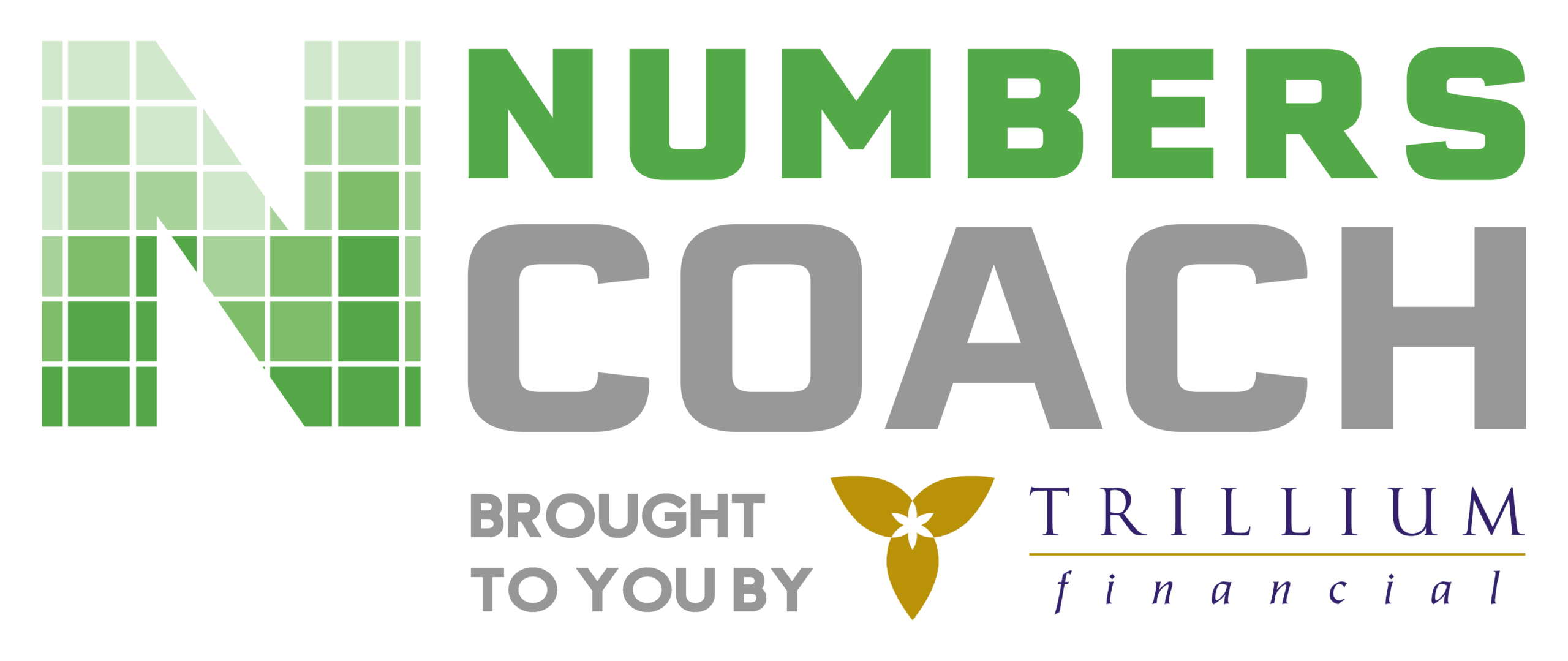by Michael Iverson
Any competent financial executive will say “a business needs a sound financial plan” to tie the numbers to a business owner’s strategy. But what does that really mean? It’s time to demystify this statement!
Yes, you need a plan. But how you develop the plan will depend on your business objectives. As we uncovered in a previous article, question number one should be: Why are you in business? Your answer may be:
- “I want a good, stable life style maintaining business.”
- “I want to increase my net worth so I can retire early and enjoy the good life.”
- “I’ll start a ground breaking business, grow it quickly and sell it so I can move on to the next adventure. I don’t want to get bored!”
- “I want to create a legacy for my family.”
You might hear yourself in one of the answers above, or maybe you have a unique reason for starting a business. No matter – there are common elements to be explored as you develop your plan, such as sales, marketing, operations, finance, competitors, which products and services to offer, etc..
I know it sounds like a lot of work. But keep in mind: if you are in business to create a nice income/lifestyle with moderate growth, then you may choose to keep it simple and short. Your financial plan may be just the number of hours at a specified hourly rate that you need to work in order to achieve your goal. Why spend hours on a 40-page plan when two to three pages is enough?
On the other hand, if you plan to grow your business beyond a few people in order to create a net worth exit opportunity or a significant enough business to leave as a legacy to your children, then a more detailed comprehensive plan will be needed. This means the plan should include all of the elements noted above, with enough market data to support your business premise. You’ll need details to specify what exactly it will take to grow your business. Details such as:
- Monthly financial projections for 12-24 months
- Annual projections for 3-5 years
- Assumptions outlined that support projected sales and expenses (pricing, number of clients, new products, marketing initiatives, comparative plans, product costs and more)
- “What If” scenarios to illustrate the potential ups and downs.
It is easy to think of the plan as the tool. And it is – a well developed plan helps you manage to your expectations. It provides business measures to keep things on track. Ever hear the old saying, “If you don’t measure it you can’t manage it”? But often overlooked is the value gained in going through the planning process – whether it’s a simple two page plan or a full blown book with multiple chapters. The business idea will be refined and honed, and valuable insights achieved.
Once the planning process is complete and documented, with a set of financial projections that tie to your vision and help you see what success looks like and what it might cost you in dollars to do it – you’ll be ready to execute your idea! (Don’t forget, however, the plan is dynamic, meaning it will need updating and modifying on a regular basis!)
In the following case study I’ll illustrate two key elements I have found among successful entrepreneurs who have implemented a planning process:
- They start with the end in mind.
- Execution, execution, execution…..
Case Study: The Financial Operations Network
I have been fortunate to have been involved with the start-up and launch of a unique business model in my work with a successful serial entrepreneur – Phil Binkow. I have tremendous respect for Phil and his ability to see opportunities and make them happen.
About 10 years ago, Phil had the vision of building a content rich website for financial professionals, specifically in the area of Accounts Payable. Phil produced one of the best business and financial plans that I have seen. He researched his target audience, asking questions about price, content, and their day to day challenges. He carefully studied competitors and the industry to find any gaps. He articulated where he felt the business could go and even reached out to competitors as partners.
After reading the plan, I was convinced that here was a business with solid recurring revenue in a niche no one else was serving. We built a comprehensive financial projection which included assumptions for pricing, ramp up of memberships sold, and types of ancillary services and products to sell. The model also helped us understand the potential capital needed to develop and launch the initial site and a future complimentary resource site.
Phil implemented the two key elements in the planning process that I believe can define the difference between success and failure:
- He started with the end in mind.
In other words, he actually has aligned himself with competitors that could ultimately become potential buyers of the Company. Phil knew intuitively that it is better not to go up against the larger, well financed competitors in the industry, but instead, nibble at their Achilles heel with a product or service that they will not pay attention to until its too late. This makes a company a prime acquisition target. He has a game plan for how he would like to exit. - Execution, execution, execution.
Phil knew his plan had to have the right premise: to solve someone’s problem. But without a solid execution on the part of him and the management team the business would not have taken off. It would still be at the gate announcing its intention to depart.
Now, fast forward to 2014. Phil successfully exited the business by selling to a strategic buyer and he and his team are off to start a new business adventure!
